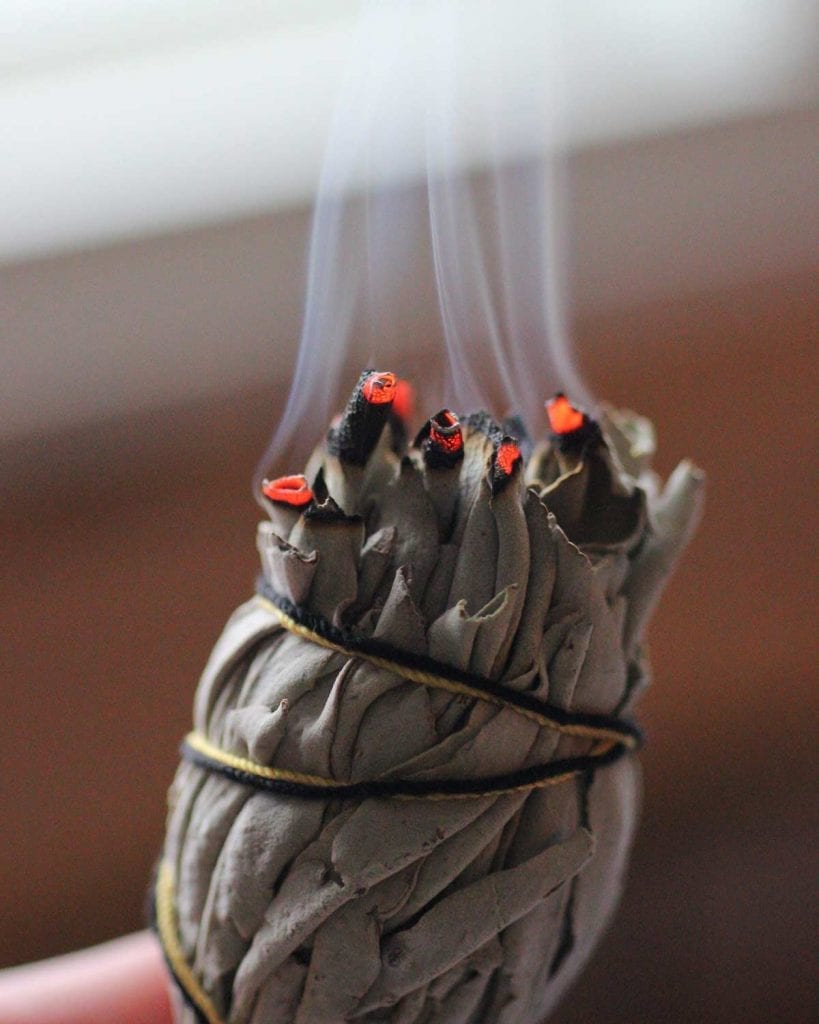Here in the northern hemisphere the Summer Solstice or the longest day of the year takes place between Saturday 20th of June. When the UK will enjoy 16 hours and 38 minutes of blissful daylight. The Sun will rise at 4.43am and set at 9.21pm. The Summer Solstice officially marks the beginning of astronomical Summer, which ends when with the Autumn Equinox falls on September 22nd. The Autumn Equinox is when day and night are almost equal length. Summer Solstice rituals are steeped in ancient tradition, here’s a look at how you can celebrate the longest day of the year…
The Summer Solstice is also know as Litha. Depending on your individual spiritual alignment, there are many various ways you can celebrate Litha. For rituals and ceremonies the focus is nearly always on celebrating the power of the Sun.

Mid Summer Night’s Fire Ritual
English villagers used to set a big bonfire on Midsummer’s eve to ward off evil spirits. Traditional Midsummer bonfires are still lit on some of the high hills in Cornwall. Litha is commonly celebrated using fire rituals and ceremonies as the fire element is related to the sun. If you are unable to build your own bonfire you can still honour the Solstice’s ruling element at home. Stay home, meditate and light some candles.
Practice A Sun Dance
Traditionally in North America the Summer Solstice is celebrated by young warriors performing a Sun Dance. Tribes saw the Sun as a manifestation of the Great Spirit. Head out to the hills and practice a Sun Dance, this could be done with your family or friends (at a safe distance of course) Stay up and enjoy the extended daylight hours, dance and celebrate Mother Nature in all her glory.
Stream The Summer Solstice At Stonehenge
Throughout Europe, and across other parts of the globe, stone circles are found in areas of natural beauty. Stonehenge is arguably the most iconic of all. The whole layout of Stonehenge is positioned in relation to the Solstices, or the extreme limits of the sun’s movement. It is thought that those responsible for building Stonehenge were farmers, herders and pastoralists, so the changing of the seasons would have been of great significance to their lives. To this day nature-based faiths gather at Stonehenge to celebrate the Solstice.
However, this year as a result of the coronavirus pandemic, the English Heritage are hosting the Summer Solstice celebrations at Stonehenge with a live stream for free on their social media channels. They have requested that you do not travel to Stonehenge on the 21st June but stay at home and watch online instead.
Stream Stonehenge At Solstice: English Heritage
“Both the Winter and the Summer Solstices are expressions of love. They show us the opposition of light and dark, expansion and contraction, that characterise our experiences in the Earth school so that we can recognise our options as we move through our lives.”
– Gary Zukav
Do A Smudging Ritual At Home
The ancient practice of burning dried sage for cleansing has roots in Native American tradition. Shamans burned sage over a fire to cleanse people of negativity and promote healing, wisdom, and longevity. Light your sage and walk around your home, make sure your windows are open. Use the ancient magical herb to cleanse your space and rid your home of any negative energy.
Get Your Smudging Stick: Holistic Shop
Vibrate Higher With A Guided Meditation
Take some time to yourself to be quiet and contemplate the days ahead. The Summer season lies before you, how will you use your time? You could practice some deep relaxation and reflect on your inner world. You can access so many healing guided meditations online for free. Do Yoga With Me have wonderful guided meditations for chakra healing, inner power and letting go.
Meditate: Do Yoga With Me
“One way of celebrating the Solstice is to consider it a sacred time of reflection, release, restoration, and renewal.”
– Sarah Ban Breathnach
However you decide to celebrate this year’s Summer Solstice, I hope that your day is filled with love and light. Now more than ever is the time for us to notice the rhythms of nature, to try to live in harmony with her cycles and respect her life force.




